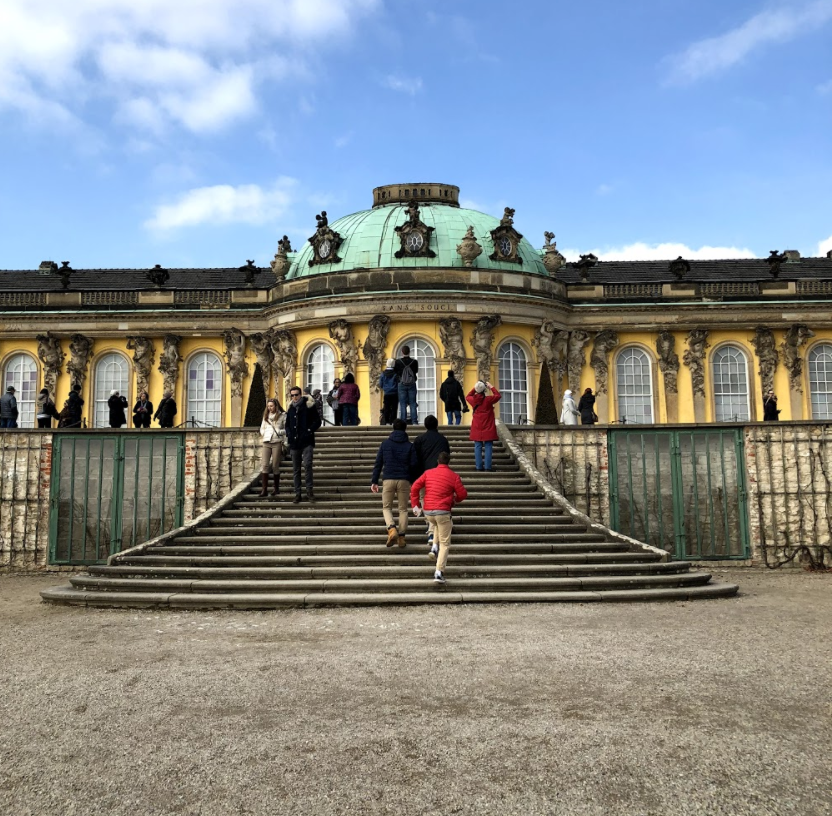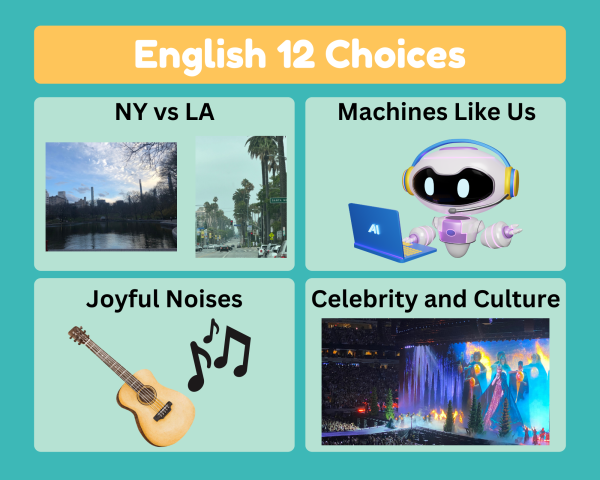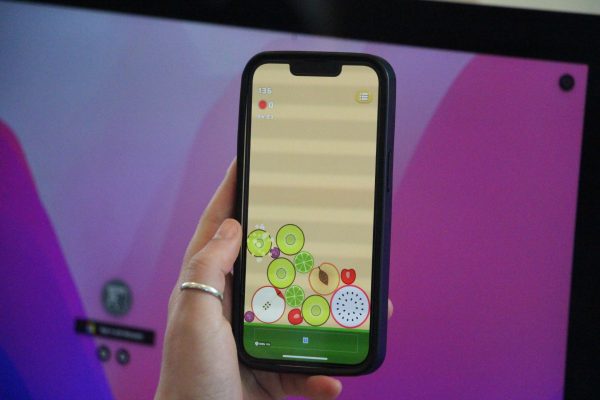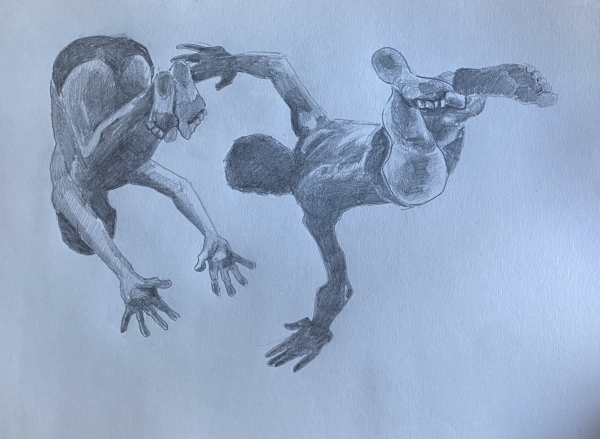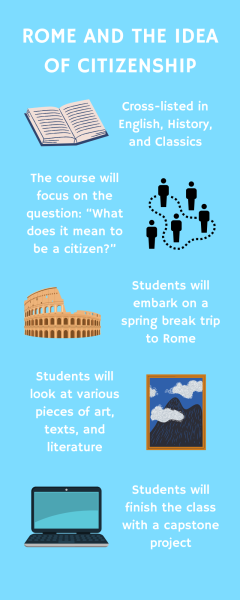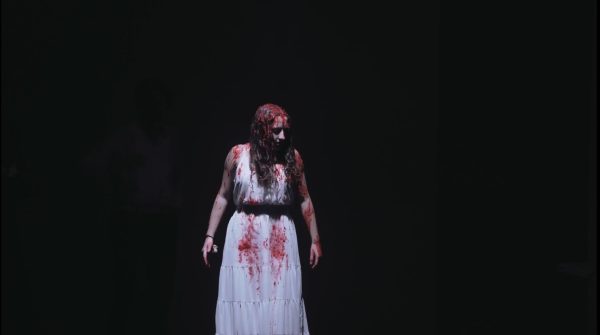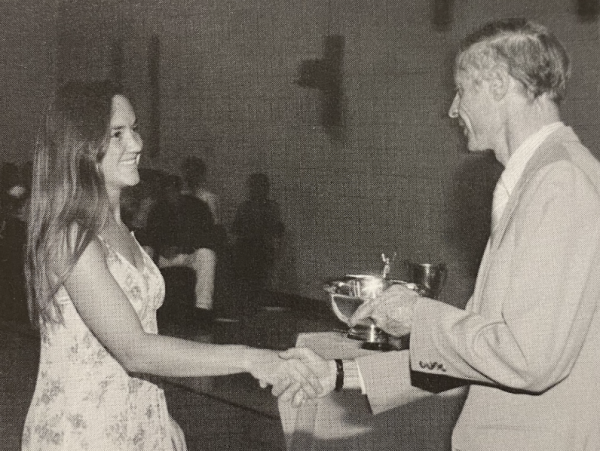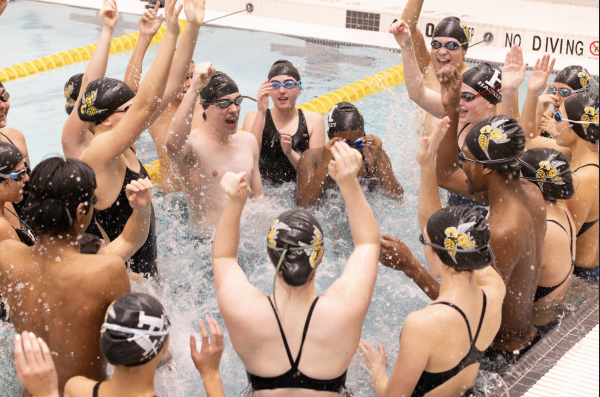Students indulge in history on the streets of Germany
Credit: Kylie Morrison
Students ascend the last set of stairs to reach the Potsdam Palace. This was apart of their eighth day used to explore the historical town.
May 10, 2018
Freezing weather, drowsiness, and the blaring sounds of the Eisbären Berlin hockey team simulated the senses of the fourteen Hackley students and three faculty members during their first night on the Berlin Casten Trip.
Landing in Berlin on March 18th, the students immediately immersed themselves into the culture and excitement of the city. They travelled on foot to well known landmarks such as the Brandenburg Gate and the artistic remains of the Berlin Wall. Concluding their day with a hockey game, chants and blue and white flags brought them a sense of familiarity.
The students began their first tour on the Friedrichsbrücke, getting a summary of centuries of Germany’s history, including each King Frederick and King Wilhelm. With each step further into Museum Island, students picked up facts regarding the Nazi Book Burning of 1933, the Führerbunker Parking Lot, and the famous Berliner Doughnut, stuffed with either cream or mustard.
Students discovered artistic forms of western and eastern integration and the growth of a nation, at various artistic museums, such as the Hamburger Bahnhof Museum. Chris Arnold recalled, “The contemporary art museum was very interesting because all the pieces were incredibly creative in construction and possessed deep and complicated meanings”
Throughout the trip, the students observed the everlasting effects of The Holocaust on Germany. The students attended the Jewish Museum, in which they walked on an installation known as Shalekhet, consisting of 10,000 iron casted faces. An entire day was dedicated to the walkthrough of The Sachsenhausen Concentration Camp, which held over one thousand prisoners by the end of 1939.
Sophomore Gabrielle Caramanica expressed her appreciation for her newfound knowledge on the Holocaust: “Our experiences and education on the victims of the Holocaust, as well as our visit to Sachsenhausen, was profoundly moving and eye-opening for myself and others. I had never before been able to feel so connected to history.”
In Potsdam, the trip-goers furthered their knowledge on Frederick the Great. Starting at the Glienicke Bridge, where the students learned of the exchange of spies between the U.S. Government and the Soviet Union, during the Cold War.

